- Joined
- 25 January 2020
- Messages
- 1,202
- Reaction score
- 1,746
It may come as a surprise to think that the British (BAE specifically), would consider upgrading the Hind. However, Western upgrades to the Hind are relatively common, with the French company SAGEM and Israel’s Elbit offering upgrades, and South Africa’s ATE offering the significantly modified Super Hind, but to mention a few. Therefore, it is unsurprising that BAE got involved in a Hind upgrade. The company was expecting a sizable order from the Visegrad group of nations, who formerly formed part of the now-collapsed Warsaw Pact. In addition this, the upgrade program was also tendered to other nations, with Bulgaria and Croatia taking an interest some point. The project seems to have been announced in late 2001, with a mock-up displayed at Helitech that year. Negotiations and developments went on between 2002 and 2003. Despite the prospects, the project seems to have come to an end by 2004. This is due to shifting priorities, delays and reduced orders. For instance, Poland reduced its order, with other countries reducing their order as well, or choosing other development partners instead. Of note is the convoluted nature of this project, with many different articles stating different things about the helicopter. This may be due to a number of reasons. To begin with, the project may have been incomplete, with certain aspects stated by the manufacturer not being added to the prototype, which itself never flew, and acted more of a testbed for possible upgrades. Finally, it is likely that the customisable nature of the helicopter meaning that different countries could order different weapon and electronics upgrades to suite their needs, leading to a rather large variety of possible armaments for this specific helicopter. As much as I would love to rummage around some company archives to find out more information about this upgrade, I am not in the position to do so unfortunately.
According to Jane’s, the helicopter was a Hind-D purchased in non-flying condition. The company offered a wide-ranging upgrade and life extension program, though countries could “mix and match” what they wanted in regards to electronics and weapons, as mentioned previously. BAE proposed giving the helicopter CDU-900 multifunction control and display units. This was in addition to AN/ARC-220 HF and Talon V/UHF transceivers, as well as the AN/ARN-153 TACAN and AN/ARN-155 multimode receiver as an upgrade to the navigation equipment. In regards to the defensive suite, the helicopter would be fitted with the HIDAS defence suite, as fitted to the Apache AH.1 in British service. The centre of the entire upgrade was the Titan-385 multisensor turret, which included a laser rangefinder, infrared surveillance camera and colour and low-light television cameras. This replaced the Raduga-F/Sh. Finally, the HGU-56/P helmet and AN/AVS-7 heads-up display. Changes to the crew stations allowed the gunner to receive more tactical information, thus allowing to take some workload off of the pilot, reducing stress, making the crew’s job more efficient.
BAE’s upgrade to the Hind would have made it compatible with NATO weapon systems, as well as allowing it to use older Soviet types. The type was able to use the standard armaments for the Hind-D. In addition to this, the type was meant to use new anti-tank missiles, these being the HOT and SPIKE-ER, the former offered by BAE, and the latter being requested by Poland. Slovakia also requested for the integration of the Ataka missile from Russia. The type retained the 12.7mm gun, though the Otobreda M197 three-barrel 20mm cannon was also put forward. The CRV7 rocket also seems to have been put forward. According to Jane’s, the usage of NATO weaponry would have featured weight savings of up to 200kg, though this would be reduced if using Soviet-made weapons.
Sources:
https://www.thefreelibrary.com/Mi-24%3A+the+next+big+upgrade+market%3F+In+service+with+more+than+50…-a0107898114#:~:text=Details%20of%20a,Polish%2DSlovakian%20program 3.
SP's Military Yearbook - Google Books 1
Jane's Defence Upgrades - Google Books 4
Popular Mechanics - Google Books 1
Mil Mi-24D Attack Helicopter :: Rochester Avionic Archives 4
https://www.thefreelibrary.com/Mi-24%3A+the+next+big+upgrade+market%3F+In+service+with+more+than+50 1…-a0107898114
BAE offers NATO-compliant Mi-24 avionics upgrade package | News | Flight Global
BAE prepares first Mi-24 upgrade | News | Flight Global
https://sites.google.com/site/stingraysheligalleries/other-variants-and-modifications 1
https://www.aerialvisuals.ca/AirframeDossier.php?Serial=13251
Mil Mi-24D | Weaponsystems.net 1
Other Variants and Modifications - Stingray's Dedication to the Mi-24 "Hind" 2
Jane’s IDR October 2003
According to Jane’s, the helicopter was a Hind-D purchased in non-flying condition. The company offered a wide-ranging upgrade and life extension program, though countries could “mix and match” what they wanted in regards to electronics and weapons, as mentioned previously. BAE proposed giving the helicopter CDU-900 multifunction control and display units. This was in addition to AN/ARC-220 HF and Talon V/UHF transceivers, as well as the AN/ARN-153 TACAN and AN/ARN-155 multimode receiver as an upgrade to the navigation equipment. In regards to the defensive suite, the helicopter would be fitted with the HIDAS defence suite, as fitted to the Apache AH.1 in British service. The centre of the entire upgrade was the Titan-385 multisensor turret, which included a laser rangefinder, infrared surveillance camera and colour and low-light television cameras. This replaced the Raduga-F/Sh. Finally, the HGU-56/P helmet and AN/AVS-7 heads-up display. Changes to the crew stations allowed the gunner to receive more tactical information, thus allowing to take some workload off of the pilot, reducing stress, making the crew’s job more efficient.
BAE’s upgrade to the Hind would have made it compatible with NATO weapon systems, as well as allowing it to use older Soviet types. The type was able to use the standard armaments for the Hind-D. In addition to this, the type was meant to use new anti-tank missiles, these being the HOT and SPIKE-ER, the former offered by BAE, and the latter being requested by Poland. Slovakia also requested for the integration of the Ataka missile from Russia. The type retained the 12.7mm gun, though the Otobreda M197 three-barrel 20mm cannon was also put forward. The CRV7 rocket also seems to have been put forward. According to Jane’s, the usage of NATO weaponry would have featured weight savings of up to 200kg, though this would be reduced if using Soviet-made weapons.
Sources:
https://www.thefreelibrary.com/Mi-24%3A+the+next+big+upgrade+market%3F+In+service+with+more+than+50…-a0107898114#:~:text=Details%20of%20a,Polish%2DSlovakian%20program 3.
SP's Military Yearbook - Google Books 1
Jane's Defence Upgrades - Google Books 4
Popular Mechanics - Google Books 1
Mil Mi-24D Attack Helicopter :: Rochester Avionic Archives 4
https://www.thefreelibrary.com/Mi-24%3A+the+next+big+upgrade+market%3F+In+service+with+more+than+50 1…-a0107898114
BAE offers NATO-compliant Mi-24 avionics upgrade package | News | Flight Global
BAE prepares first Mi-24 upgrade | News | Flight Global
https://sites.google.com/site/stingraysheligalleries/other-variants-and-modifications 1
https://www.aerialvisuals.ca/AirframeDossier.php?Serial=13251
Mil Mi-24D | Weaponsystems.net 1
Other Variants and Modifications - Stingray's Dedication to the Mi-24 "Hind" 2
Jane’s IDR October 2003
Attachments
-
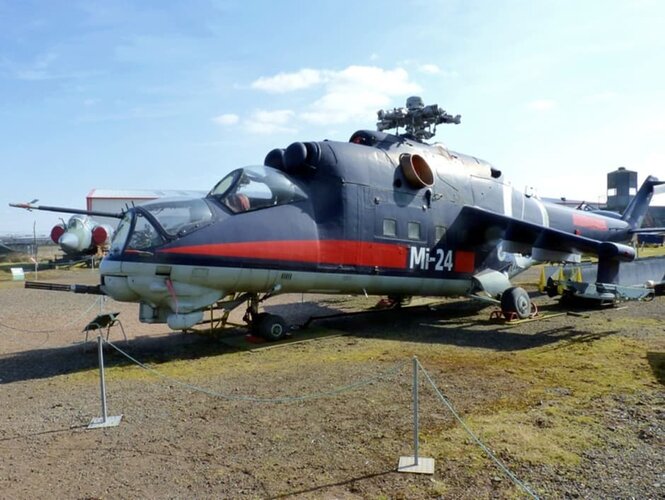 50f6d84b86f5b7b78a0e990e2a4aa19c6dd2b89a.jpeg78.1 KB · Views: 100
50f6d84b86f5b7b78a0e990e2a4aa19c6dd2b89a.jpeg78.1 KB · Views: 100 -
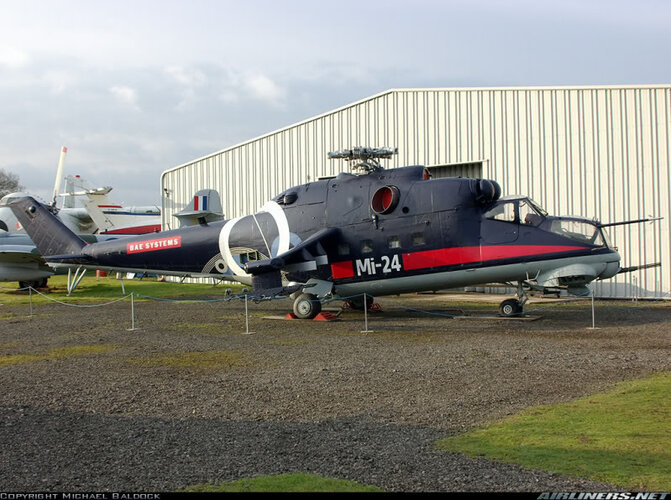 08ec017e471a37f939266ee64b9e166f198dbaf3.jpeg129.7 KB · Views: 100
08ec017e471a37f939266ee64b9e166f198dbaf3.jpeg129.7 KB · Views: 100 -
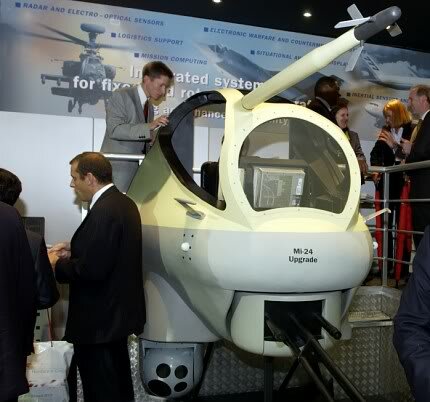 4cac35aa24b8b41fb937e90a582796620d7b3032.jpeg34.5 KB · Views: 96
4cac35aa24b8b41fb937e90a582796620d7b3032.jpeg34.5 KB · Views: 96 -
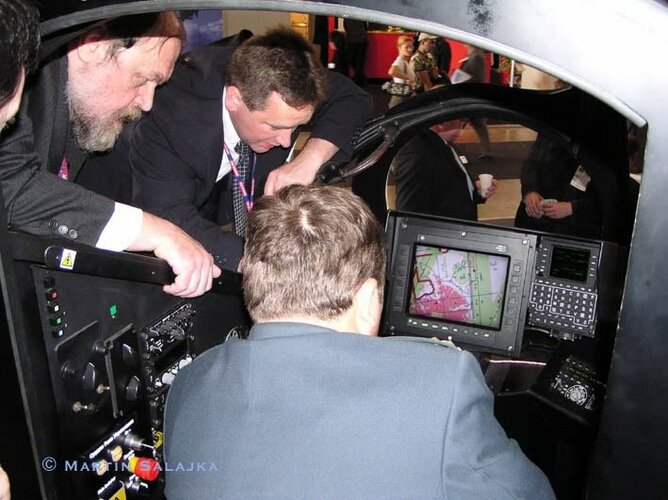 985b76d0347cbaca84e3f82941f948a6204ebf9e.jpeg66.8 KB · Views: 93
985b76d0347cbaca84e3f82941f948a6204ebf9e.jpeg66.8 KB · Views: 93 -
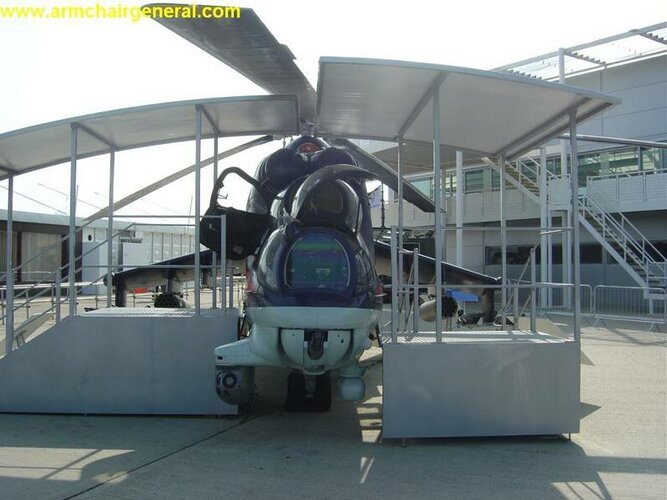 088ac96e68a81c7f2d044623d27858352b411cc9.jpeg56.3 KB · Views: 91
088ac96e68a81c7f2d044623d27858352b411cc9.jpeg56.3 KB · Views: 91 -
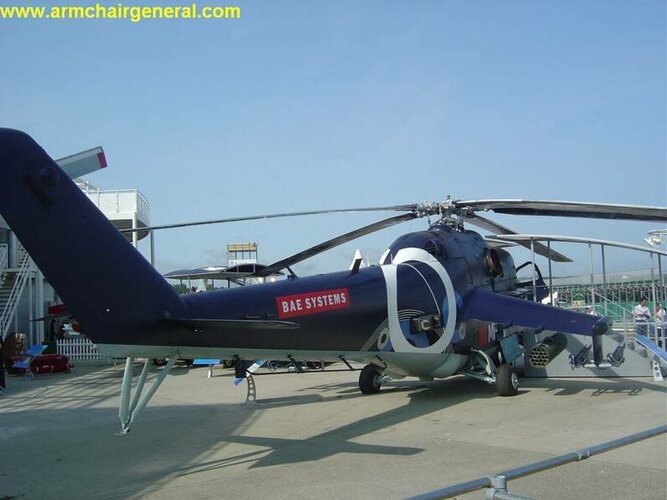 5cb0db7d8723c5046e7624bf1cd8c1902cb2b7b4.jpeg47.4 KB · Views: 97
5cb0db7d8723c5046e7624bf1cd8c1902cb2b7b4.jpeg47.4 KB · Views: 97
